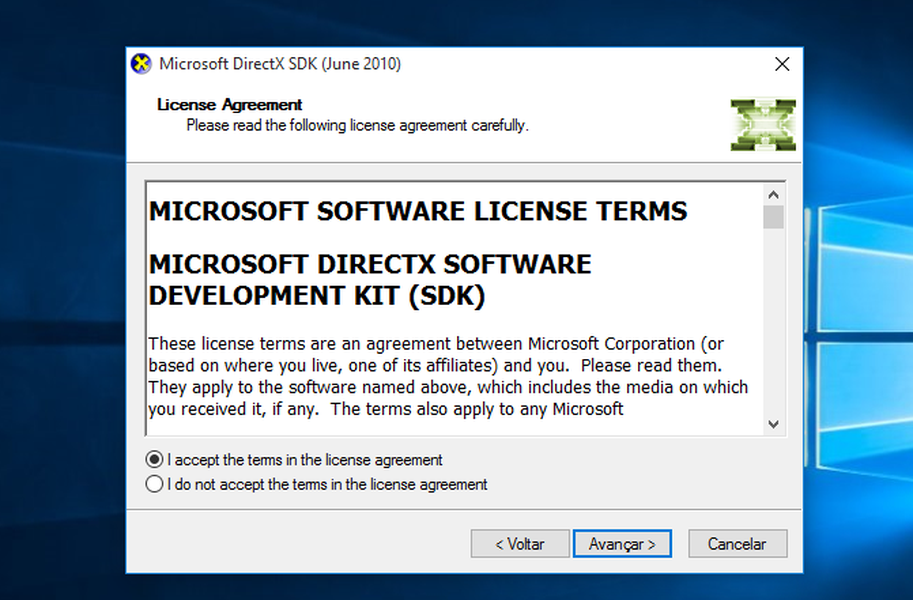

Visual Studio has built-in content pipeline for transforming Textures and images, 3-D Models, and Shaders. You can use it to have your original assets transformed into a format that DirectX can understand. You can use the Shader Designer to create custom visual effects for your game or app even if you don’t know HLSL programming. You can use the Model Editor to create basic 3-D models from scratch, or to view and modify more-complex 3-D models that were created by using full-featured 3-D modeling tools. You can use the Image Editor to work with the kinds of rich texture and image formats that are used in DirectX app development-this includes support for popular image file formats and color encodings, features such as alpha-channels and MIP-mapping, and many of the highly-compressed, hardware-accelerated texture formats that DirectX supports. For adding new shader files: Compute Shader, Domain Shader, Geometry Shader, Hull Shader, Pixel Shader, Vertex Shader.Ian Huff has a blog post describing these templates in more details. They are better organized aiming to make it easier to be used as a starting point. The templates have had a major update in VS 2013.

In New Project dialog, look for Visual C++ -> Store Apps node, and you’ll find two templates: DirectX App, DirectX and XAML App.All features are now available in Visual Studio 2013 Express for Windows ( install), Professional and above SKUs. If you’re using VS 2013, you already have access to these features. What’s in Visual Studio 2013 for DirectX development? In case you missed it, check out the recording or read on this blog post. Last week at BUILD conference, I gave a talk on “DirectX Graphics Development with Visual Studio 2013 and Update 2” in which we walked through a couple of exciting new features in Visual Studio 2013 Update 2 ( Download Update 2 RC) for DirectX development. Hello, everyone! My name is Rong Lu, a program manager on the Visual C++ team.


 0 kommentar(er)
0 kommentar(er)
